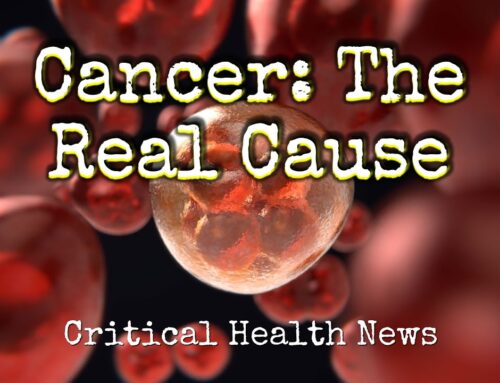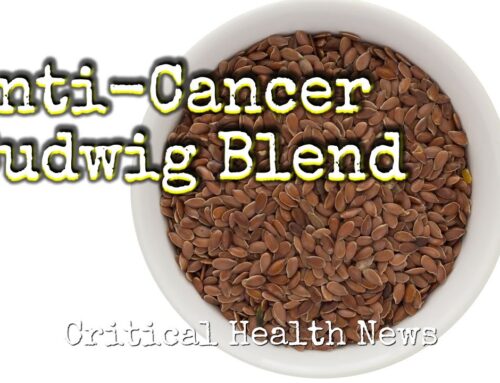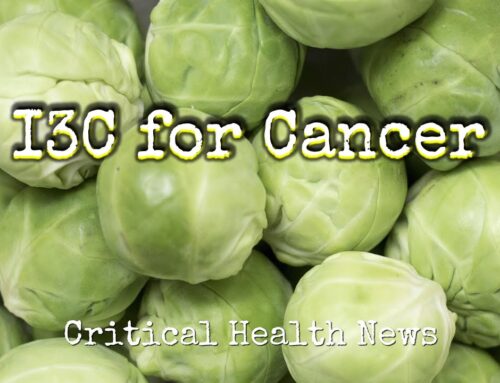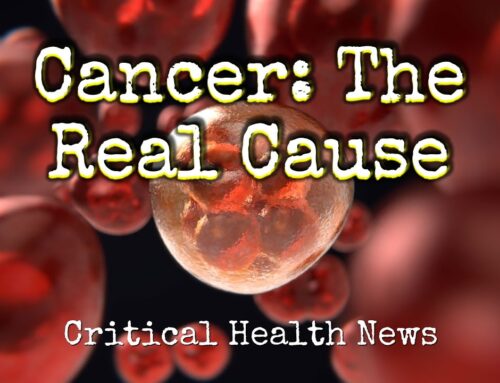In the world of nutrition, there are two fatty molecules that stand out in relevance. They’re said to be “essential”, because the human body needs them to stay alive. They’re referred to as “acids”, because of their chemical structure. Thus the term “essential fatty acids’ or “EFA’s”, which is used to describe their two main forms, known as omega-6 or LA and omega-3 or ALA.
LA (aka linoleic acid) is found in many grains including corn, soy, wheat and oats. It’s associated with inflammation and it’s believed that keeping our omega-6 fats under control is an important part of good health. Nonetheless, most of the EFA’s and their derivatives that are in the body are of the omega-6 variety. This is especially true of the skin, which is dependent on LA for barrier health and moisturization. Deficiencies in skin LA are associated with eczema, rashes, sensitivities and dryness.
On the other hand ALA, critical for the health of the brain, nervous system and eyes, has anti-inflammatory properties that can balance out the action of LA. In nature ALA omega-3s are much harder to come by. For the most part they are found in seeds, with flax, hemp and chia being nature’s finest sources.
One of the most important uses for omega-3 essential fatty acids is in addressing cancer. According to the German biochemist Dr. Joanna Budwig, the electronic nature of flaxseed-derived, LA, particularly when combined with cheese protein, has chemotherapeutic benefits. We’ll talk about “The Budwig Anti-cancer Diet” on a coming moment of truth.









